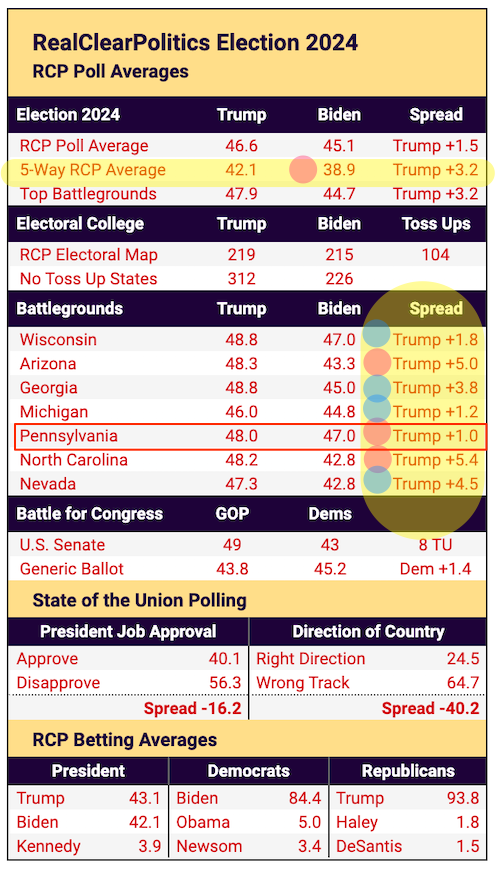In the dynamic world of trading, the “puts vs calls ratio” stands out as a crucial analytical tool used by investors to gauge market sentiment and potential directional movements in market indices. This ratio, by comparing the volume of traded put options to call options, provides a glimpse into the collective investor psychology, revealing whether the market is leaning towards bullishness or bearishness.
What is the Puts vs Calls Ratio?
Definition and Calculation
The puts vs calls ratio is calculated by dividing the number of traded put options by the number of traded call options. A put option is a contract that gives the owner the right, but not the obligation, to sell a stock at a predetermined price within a specific time frame. Conversely, a call option gives the owner the right to buy a stock under similar conditions.
Tools: Option Calculator
Formula: Puts vs Calls Ratio = Number of Puts / Number of Calls
Interpreting the Ratio
Above 1.0: Indicates that more puts are being bought than calls. This suggests that investors are expecting the market to decline, reflecting bearish sentiment.
Below 1.0: Implies more calls are being bought than puts, hinting at a bullish market expectation.
Equal to 1.0: Suggests a balanced market view among traders with equal expectations of upward and downward movements.
Significance of the Puts vs Calls Ratio in Market Analysis
The puts vs calls ratio is more than just a number; it’s a powerful indicator of market mood that can signal shifts before they happen.
Bearish and Bullish Indications
High Ratio (>1.0): A high ratio often predicts a bearish market. It might indicate that investors are hedging against a potential downturn or speculating on a decline.
Low Ratio (<1.0): Conversely, a low ratio typically signals bullish conditions, suggesting that traders are confident in future market gains.
Market Extremes and Contrarian Indicators
Smart investors watch the ratio closely for extremes. If the ratio reaches unusually high or low levels, it could indicate that the market is due for a reversal. Contrarian investors might use this data to look for buying opportunities in a seemingly over-pessimistic market or to sell when the market appears overly optimistic.
Practical Applications of the Puts vs Calls Ratio
To effectively use the puts vs calls ratio, investors integrate it with other technical tools and market data, ensuring a well-rounded approach to market analysis.
Hedging Strategies
Traders might use this ratio to determine when to hedge their portfolios. A rising ratio could be a prompt to hedge against a potential decrease in market values.
Timing Entries and Exits
The ratio can also help in timing market entries and exits. A sharply increasing ratio might suggest that it’s time to consider taking profits on a bullish position before the expected downturn.
Market Sentiment Analysis
Combining the puts vs calls ratio with other sentiment indicators like the VIX (volatility index), market breadth, and bull/bear polls provides a deeper insight into market psychology and potential movements.
Case Studies
Example 1: The Financial Crisis of 2008 During the 2008 financial crisis, the puts vs calls ratio spiked, as traders rushed to buy puts to hedge against further market declines. Those monitoring the ratio would have seen a clear signal of the increasing bearishness in the market.
Example 2: The Bull Market Rally of 2013 In contrast, during the strong bull market of 2013, the ratio was significantly lower, indicating predominant bullish sentiment as more traders were buying calls to profit from rising stocks.
Conclusion
The puts vs calls ratio is a nuanced tool that, when used correctly, can provide insightful glimpses into market sentiment and potential trends. Traders and investors who monitor this ratio can enhance their understanding of market dynamics, better manage their risk, and position their portfolios strategically in various market conditions.
Read: Puts vs Calls Explained
Hey there! I’m Russ Amy, here at IU I dive into all things money, tech, and occasionally, music, or other interests and how they relate to investments. Way back in 2008, I started exploring the world of investing when the financial scene was pretty rocky. It was a tough time to start, but it taught me loads about how to be smart with money and investments.
I’m into stocks, options, and the exciting world of cryptocurrencies. Plus, I can’t get enough of the latest tech gadgets and trends. I believe that staying updated with technology is key for anyone interested in making wise investment choices today.
Technology is changing our world by the minute, from blockchain revolutionizing how money moves around to artificial intelligence reshaping jobs. I think it’s crucial to keep up with these changes, or risk being left behind.
























